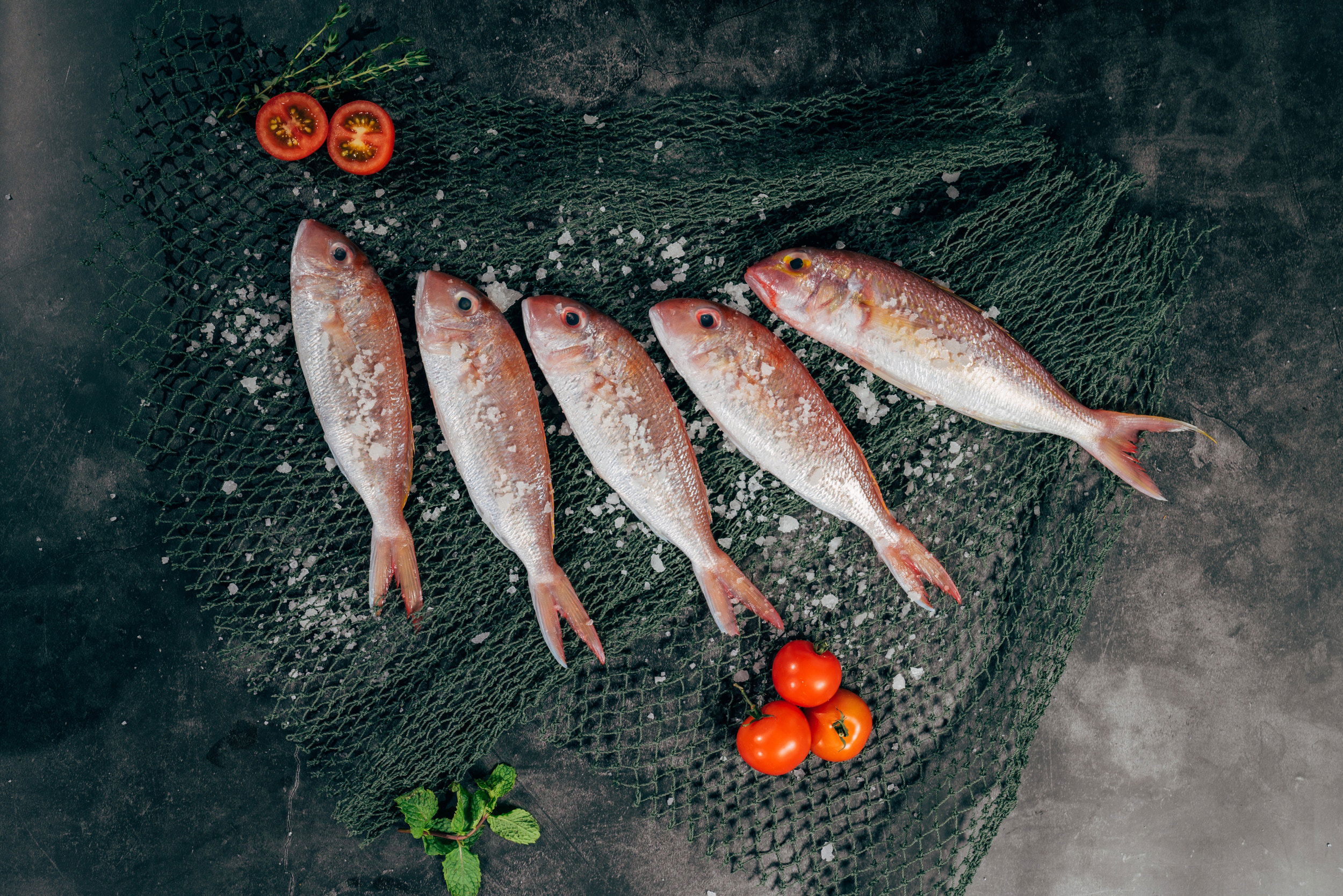Aquaculture: Meeting the Growing Demand for Seafood Sustainably
As the global population continues to rise, so does the demand for seafood. Seafood is a vital source of protein and essential nutrients for millions of people worldwide. To meet this increasing demand while preserving our oceans and wild fish stocks, aquaculture has emerged as a sustainable solution. In this article, we will explore aquaculture, its significance in addressing food security, the environmental challenges it faces, and the innovative practices driving its sustainable growth.

Understanding Aquaculture
Aquaculture, often referred to as fish farming, is the cultivation of aquatic organisms such as fish, shellfish, and plants in controlled environments. Unlike traditional fishing, which relies on capturing wild fish, aquaculture involves the controlled breeding, rearing, and harvesting of aquatic species. This practice has gained momentum over the years and plays a crucial role in the global seafood supply chain.
The Importance of Aquaculture
Aquaculture is significant for several reasons:
1. Meeting Growing Demand
- With the world's population projected to reach 9 billion by 2050, aquaculture helps ensure a consistent supply of seafood to meet increasing food demands.
2. Conserving Wild Fish Stocks
- Overfishing and illegal fishing have led to the depletion of many wild fish stocks. Aquaculture reduces pressure on these stocks, helping to maintain healthy oceans.
3. Economic Benefits
- Aquaculture creates employment opportunities, supports coastal communities, and contributes to economic development in many regions.
4. Nutritional Value
- Seafood is a valuable source of high-quality protein and essential nutrients, and aquaculture helps make these nutrients accessible to people globally.
Environmental Challenges in Aquaculture
While aquaculture offers numerous benefits, it also faces environmental challenges that must be addressed to ensure its sustainability:
1. Water Quality and Pollution
- Poorly managed aquaculture facilities can lead to water pollution, harming local ecosystems.
2. Disease and Health Management
- Overcrowding and unsanitary conditions can lead to disease outbreaks among farmed fish, which can have cascading effects on the environment.
3. Escape and Genetic Interaction
- Farmed fish escaping into the wild can interbreed with wild populations, potentially altering genetic diversity.
4. Feed Sustainability
- The sustainability of aquaculture feed, which often relies on wild-caught fish as a protein source, is a concern.
Sustainable Aquaculture Practices
To address these challenges, the aquaculture industry has been adopting innovative and sustainable practices:
1. Recirculating Aquaculture Systems (RAS)
- RAS facilities minimize water usage and discharge, making them more environmentally friendly.
2. Selective Breeding
- Selective breeding programs are improving the disease resistance and growth rates of farmed species.
3. Alternative Feeds
- Research into alternative, sustainable feeds, such as algae and insect-based proteins, is reducing the reliance on wild-caught fish for feed.
4. Best Management Practices (BMPs)
- BMPs are guidelines that promote responsible aquaculture, including water quality management and disease prevention.
5. Certification Programs
- Organizations like the Aquaculture Stewardship Council (ASC) certify farms that adhere to sustainable practices.

Conclusion
Aquaculture represents a critical component of our efforts to meet the world's growing demand for seafood sustainably. By reducing the pressure on wild fish stocks, providing economic opportunities, and supplying essential nutrients to populations, aquaculture plays a pivotal role in addressing food security challenges.
However, to ensure the continued sustainability of aquaculture, it is essential to address its environmental challenges through responsible management, innovation, and the adoption of sustainable practices. By supporting environmentally conscious aquaculture initiatives and making informed choices as consumers, we can contribute to a more sustainable seafood industry and a healthier planet.